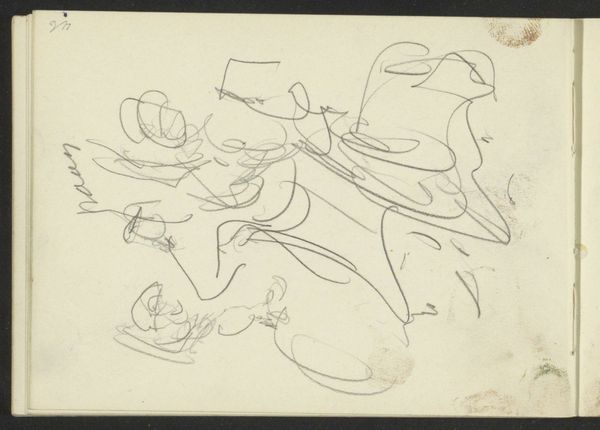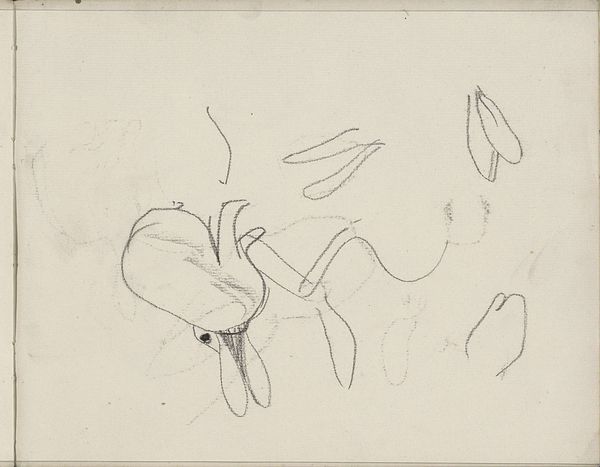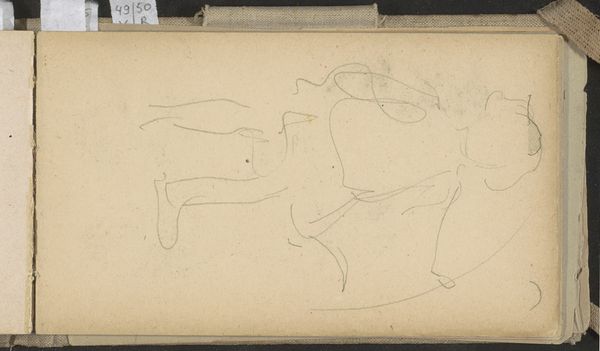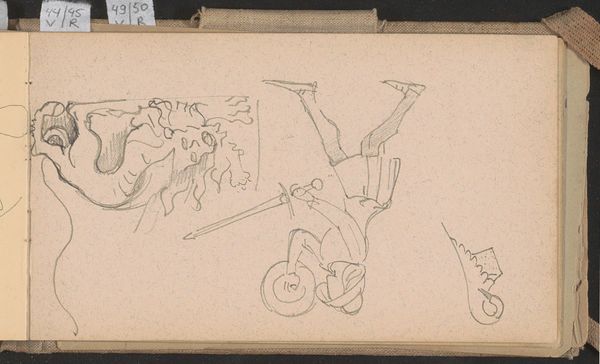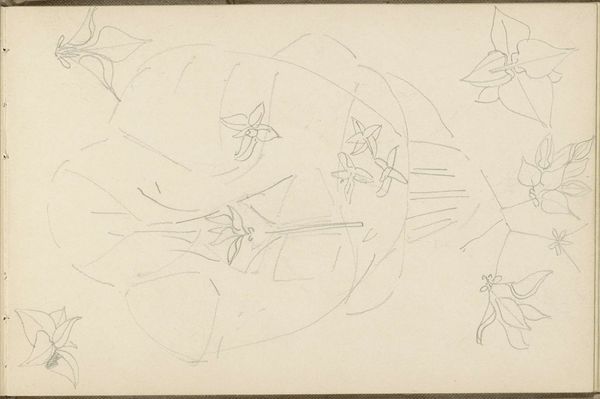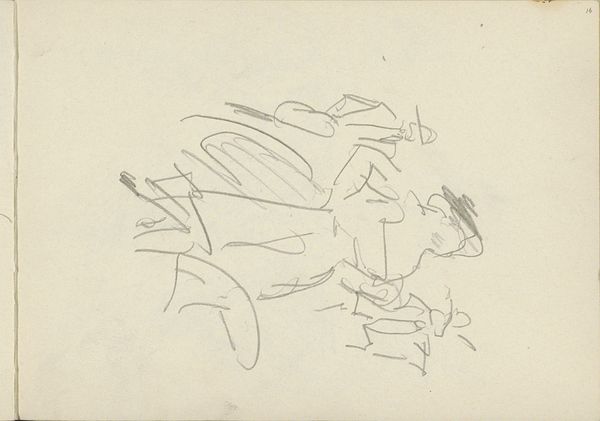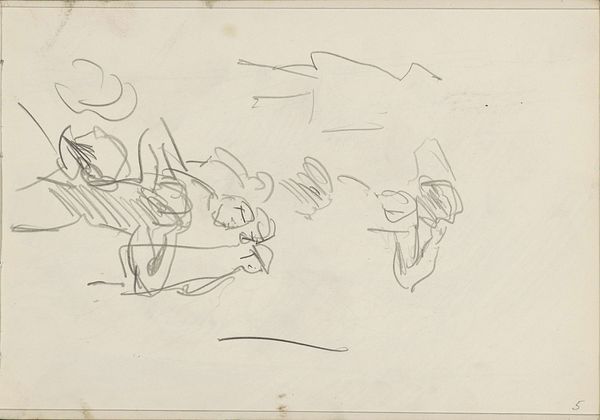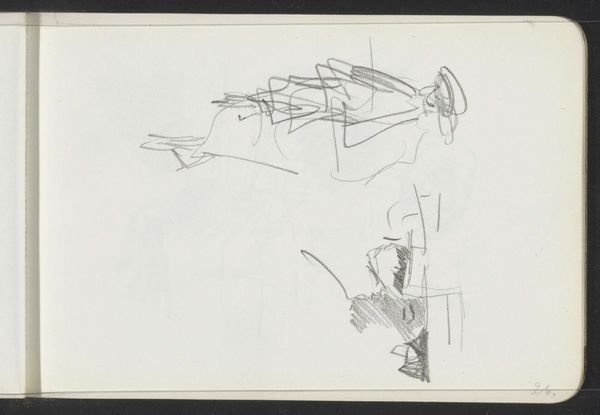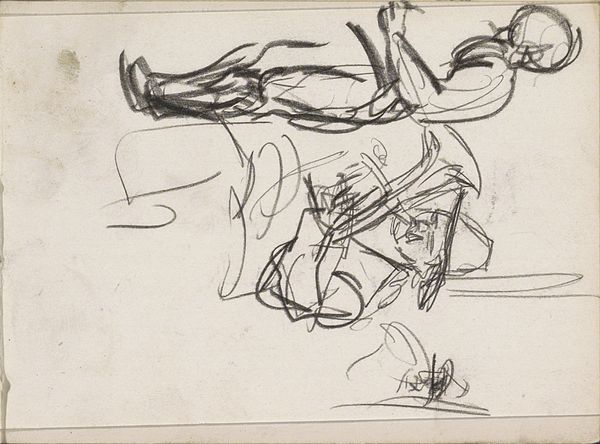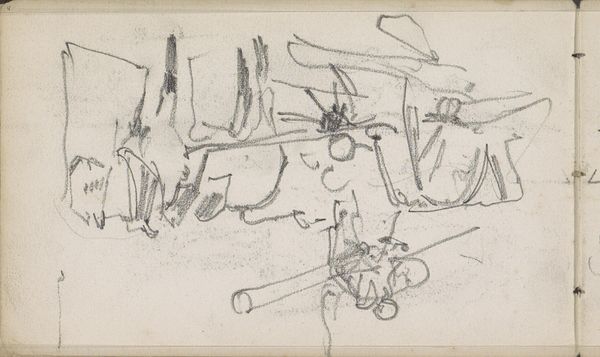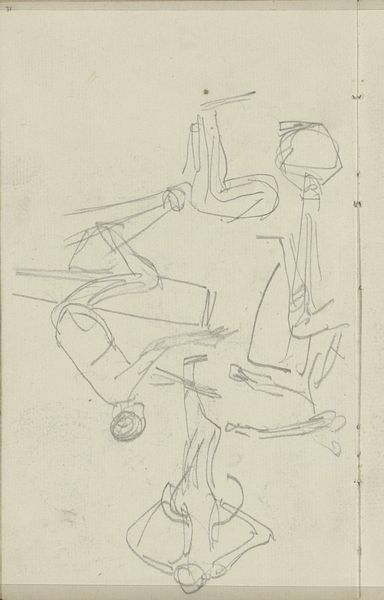
Copyright: Rijks Museum: Open Domain
Editor: Here we have Antoon Derkinderen's "Zonnebloemen," a pencil drawing on paper, created sometime between 1892 and 1901. It’s like a quick study of sunflowers – loose and unfinished, but there's still something vibrant about it, you know? How do you interpret this work? Curator: It’s compelling how Derkinderen uses such minimal strokes to capture the essence of these flowers. For me, the drawing opens a conversation around the historical context of labor, agriculture, and our relationship to the natural world. Think about the Netherlands at the turn of the century; what was the socio-economic position of laborers, especially those connected to agriculture? Editor: Interesting…I hadn’t considered it in terms of labor. I was more drawn to the form. Curator: Exactly. And that form reflects its time. The swift strokes suggest a fleeting moment. Think about the Impressionist movement and its impact on depicting modern life. Can we draw a line from that interest in fleeting moments and relate it to anxieties or commentaries about labor conditions at the time? Editor: That’s a reach, isn't it? The quick strokes could just be…quick strokes. Curator: Perhaps. But isn't part of our work about challenging comfortable narratives? Whose stories are present, and whose are obscured, when we view art divorced from the social realities of its creation? Even a simple drawing of sunflowers carries those layers. Editor: Okay, I see what you mean. I guess even a seemingly simple drawing like this one can be a window into bigger, more complex questions. Curator: Absolutely. By analyzing the context surrounding this drawing we reveal other ways to think about the connection to place, to work, and to each other.
Comments
No comments
Be the first to comment and join the conversation on the ultimate creative platform.
